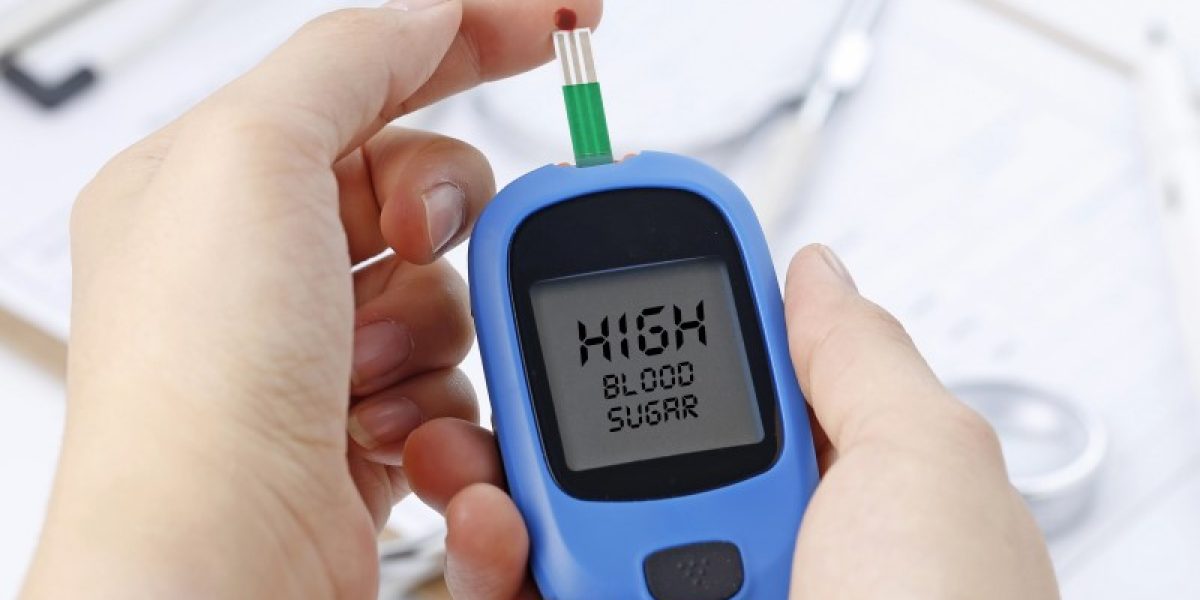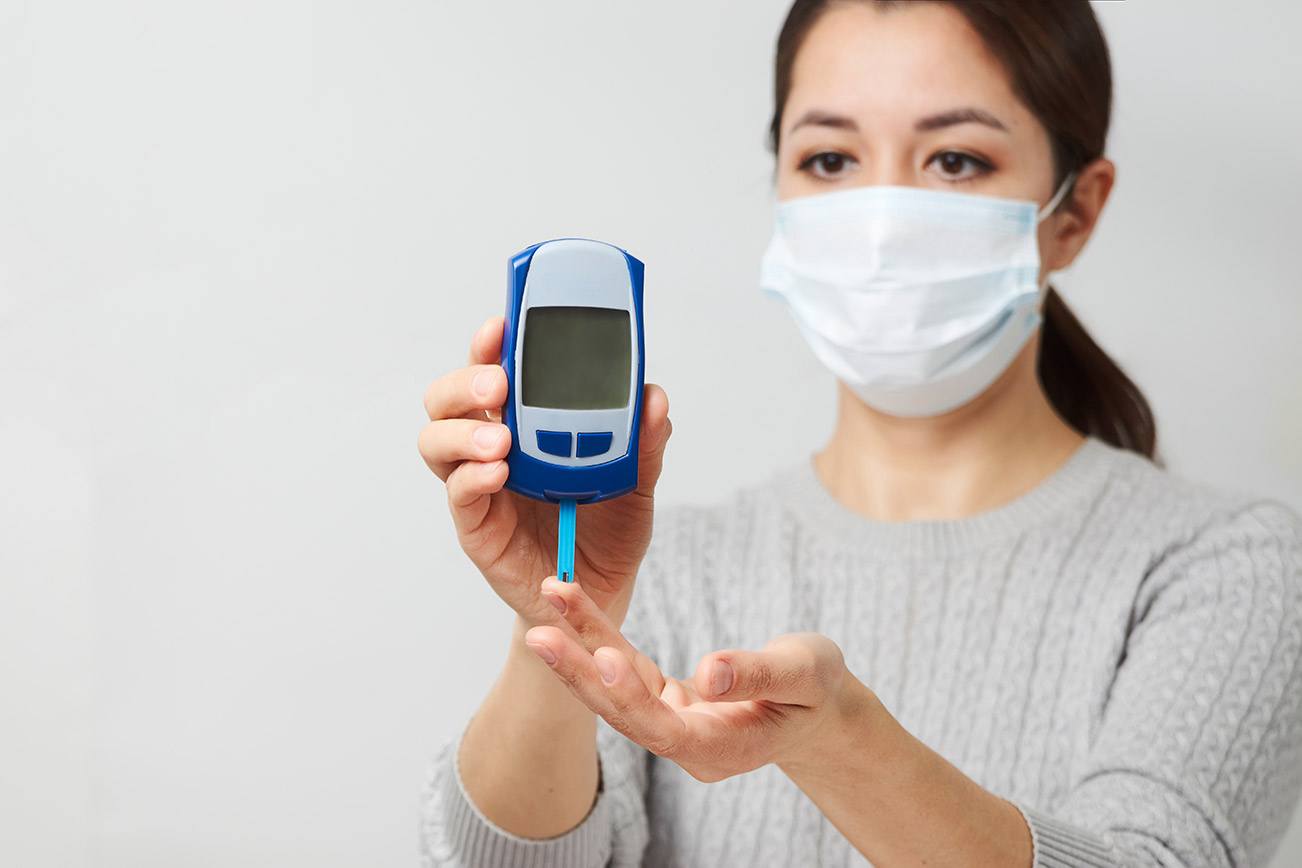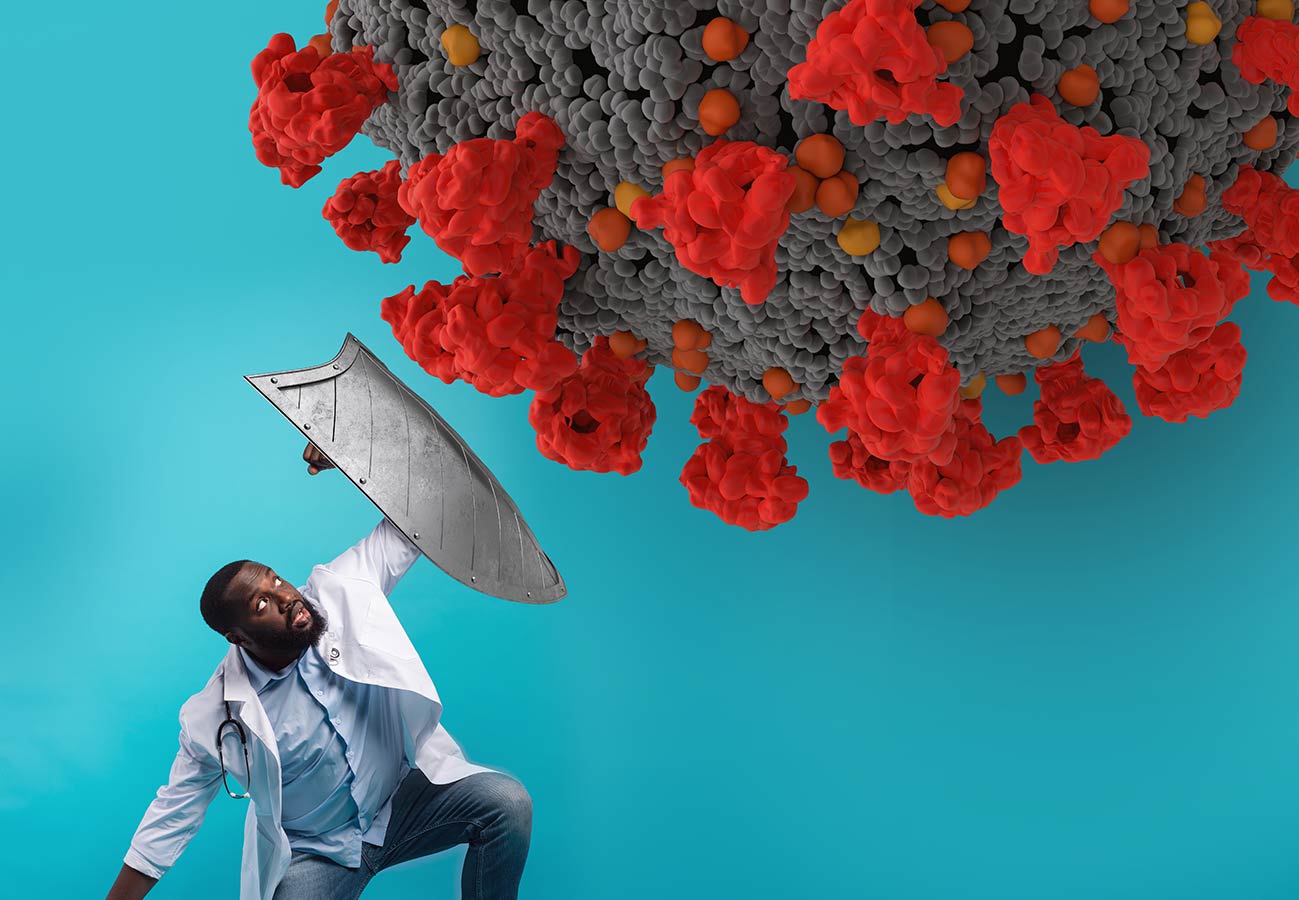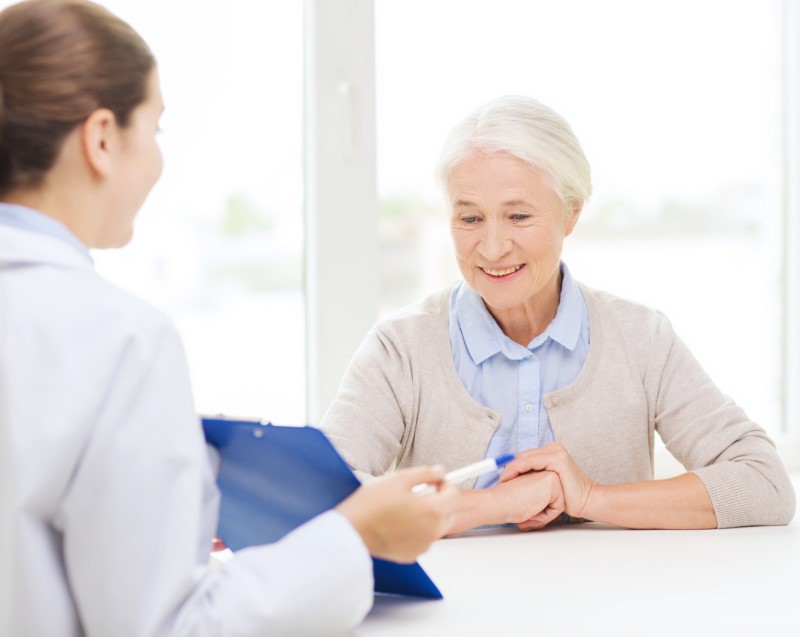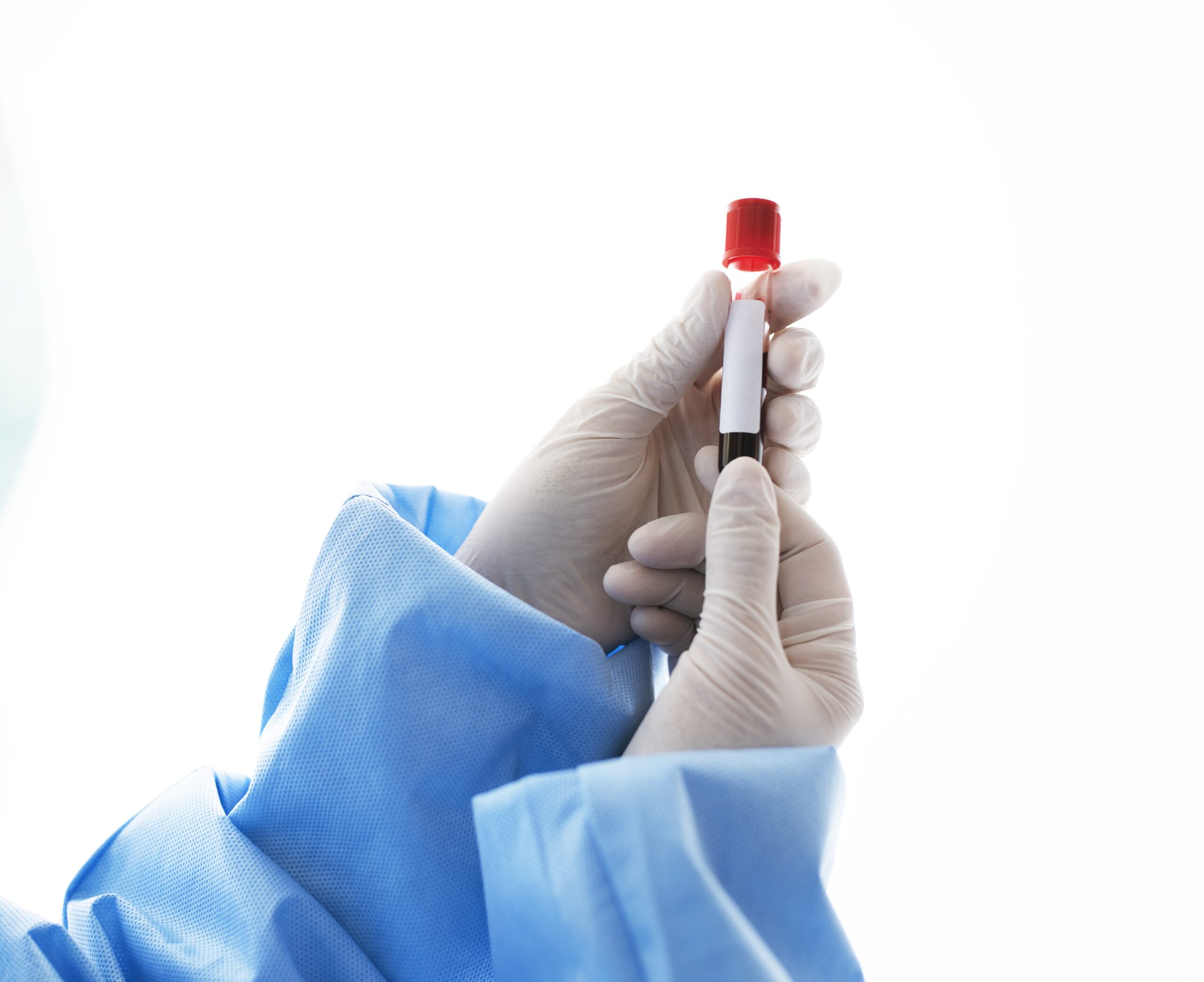Diabetes is an ailment that occurs when a person’s blood sugar (blood glucose) is very high. Diabetes is caused by insulin resistance generally referred to as type 2 diabetes and the inability to create insulin generally referred to as type 1 diabetes.
Type 1 diabetes is mostly diagnosed during childhood while type 2 diabetes is developed at any age but is very common in older people.
Asides the type 1 and type 2 diabetes, there is also Prediabetes. During prediabetes, an individual’s blood sugar is observed to be higher than normal but not high enough to be called type 2 diabetes. When this happens, there are changes one has to make to reduce the likelihood of prediabetes progressing to type 2 diabetes.
One must take extra care in preventing the onset of diabetes. Some common risk factors of diabetes could include:
- People who are 45 years or older
- People who are overweight or obese
- People with a sedentary lifestyle
- People with a family history of diabetes
- People with a history of gestational diabetes
- People with a history of high blood pressure, heart disease, or stroke
Early warning signs and symptoms of type 1 and type 2 diabetes may be the same or different.
Some of these signs include;
Extreme thirst and periodic urination, particularly at night
Involuntary weight loss
Increased hunger
Clouded vision
Numbness or tingling in hands and feet
Fatigue
Skin that is very itchy or dry and wounds that don’t heal quickly
The Centers for Disease Control and Prevention (CDC) has recommended that anyone with any of the general symptoms of diabetes need to see their doctor for blood sugar tests.
Type 1 Diabetes
Some symptoms of Type 1 diabetes can develop quickly, mostly within a few weeks or months.
It’s commonly diagnosed in kids and young adults, although it can happen at any age. It is most commonly diagnosed in children between the ages of 6 and 10 and children between of 1ears of age.
A child may experience additional symptoms like sudden unintentional weight loss and wetting the bed after a history of being dry at night.
Other symptoms include yeast infection in a prepubescent girl, breath that smells like fruit, flu-like symptoms like nausea, vomiting, problems breathing, and loss of consciousness.
Type 2 diabetes
When people get 2 diabetes, symptoms tend to come on more gradually than when they have type 1 diabetes.
Type 2 diabetes can develop over a couple of years, and the warning signs may be subtle. It is very possible to not have any obvious warning signs at all.
Rather, you may be diagnosed with diabetes after going to see your doctor if you:
Have a persistent infection or a slow-healing wound
Have numbness or tingling in your hands or feet
Have heart problems
Individuals who have type 2 diabetes are at an increased risk of developing certain health problems, which can also be indications of diabetes.
How diabetes can be diagnosed
A lot of people get tested for diabetes because they develop indications that are potential early warning signs.
For instance, people with type 1 diabetes may experience involuntary weight loss or develop flu-like symptoms. People with type 2 diabetes may suffer from extreme thirst or frequent urination.
When you experience one or more of the warning signs associated with diabetes, it is very important to contact your doctor for your appointment.
You may also discover a diabetes diagnosis after visiting your doctor for another condition or routine blood work.
When you book an appointment with your doctor due to diabetes warning signs, they will want to inquire about your symptoms, family history, the medications you have been taking and any allergies you may have.
They will also ask you questions about your symptoms and run some blood tests.
The following tests can be used to diagnose diabetes:
- A1C: This test shows how your blood glucose level has averaged for the last 2 or 3 months and does not require you to fast or drink anything.
- Fasting plasma glucose (FPG): For this test, we need to fast for at least 8 hours before it is done.
- Oral glucose tolerance (OGTT): It takes 2 to 3 hours. Your blood glucose levels are tested initially and then repeated at intervals for 2 hours after you’ve consumed a specific sweet drink.

